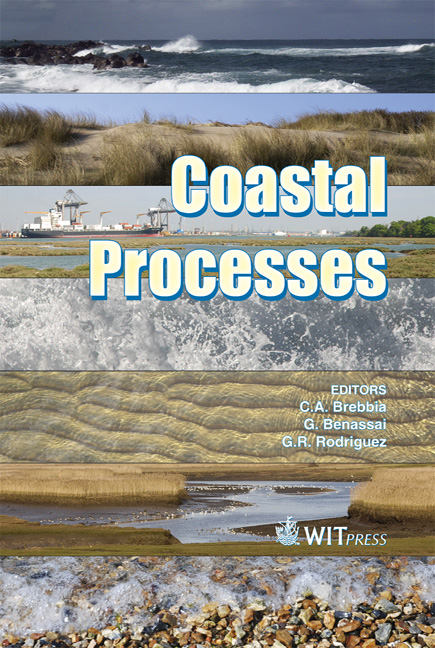Wave Energy Conversion Systems: Optimal Localization Procedure
Price
Free (open access)
Transaction
Volume
126
Pages
10
Page Range
129 - 138
Published
2009
Size
983 kb
Paper DOI
10.2495/CP090121
Copyright
WIT Press
Author(s)
G. Benassai, M. Dattero & A. Maffucci
Abstract
Wave energy is a renewable and pollution-free energy source that has a potential world-wide contribution to the electricity market estimated in the order of 2,000 TWh/year, which represents about 10% of the world’s electricity consumption with an investment cost of EUR 820 billion. Sea waves have one of the highest energy densities among the Renewable Energy Sources (RES). Today, the largest problem in harvesting wave energy is obtaining reliability of the technology and bringing the cost down. The main types of wave energy converters are: - The oscillating water column, which consists of a partially submerged, hollow structure open to the sea below the water line. - Overtopping devices that collect the water of incident waves in order to drive one or more low head turbines. - Point absorbers (floating or mounted on the sea bed), which usually provide a heave motion that is converted by mechanical, magnetic and/or hydraulic systems in linear or rotational motion for driving electrical generators. - Surging devices that exploit the horizontal particle velocity in a wave to drive a deflector or to generate the pumping effect of a flexible bag facing the wave front. Obviously the amount of available energy depends on the different distribution of the wave energy on the world coastlines. The most energetic sites are situated on the west coasts of the oceans at middle latitudes. European and Australian west coasts reach amounts of 80 kW/m of available wave energy; in www.witpress.com, ISSN 1743-3541 (on-line)
Keywords
wave energy, optimal localization, wave farms





